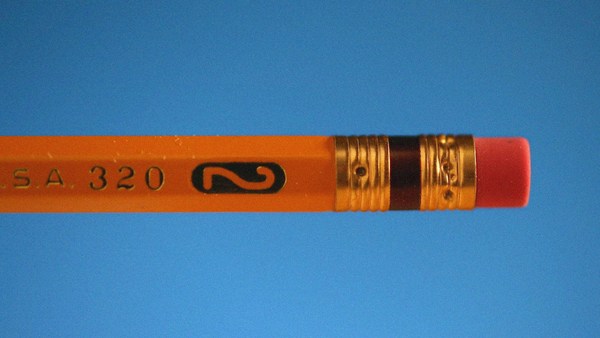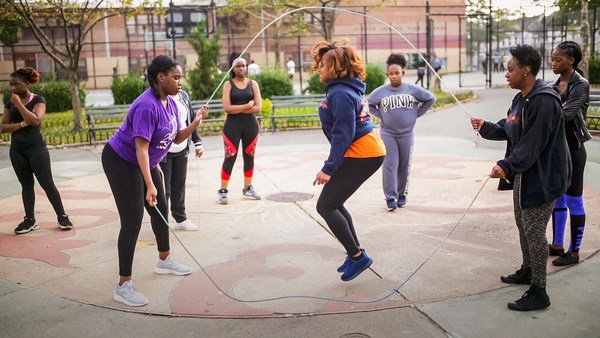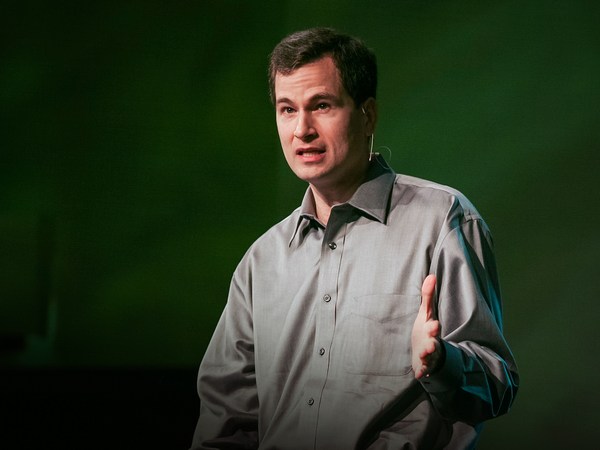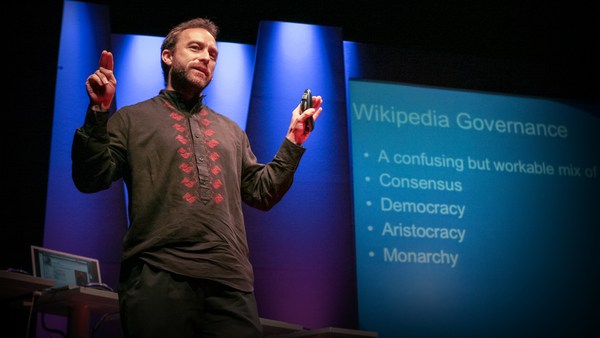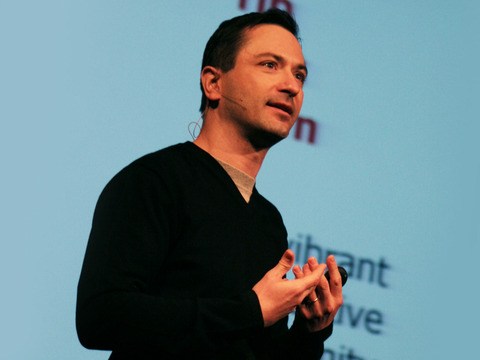I remember thinking to myself, "This is going to change everything about how we communicate."
[Small thing.] [Big idea.]
[Margaret Gould Stewart on the Hyperlink]
A hyperlink is an interface element, and what I mean by that is, when you're using software on your phone or your computer, there's a lot of code behind the interface that's giving all the instructions for the computer on how to manage it, but that interface is the thing that humans interact with: when we press on this, then something happens.
When they first came around, they were pretty simple and not particularly glamorous. Designers today have a huge range of options. The hyperlink uses what's called a markup language -- HTML. There's a little string of code. And then you put the address of where you want to send the person. It's actually remarkably easy to learn how to do. And so, the whole range of references to information elsewhere on the internet is the domain of the hyperlink.
Back when I was in school -- this is before people had wide access to the internet -- if I was going to do a research paper, I would have to physically walk to the library, and if they had the book that you needed, great. You sometimes had to send out for it, so the process could take weeks. And it's kind of crazy to think about that now, because, like all great innovations, it's not long after we get access to something that we start to take it for granted.
Back in 1945, there was this guy, Vannevar Bush. He was working for the US government, and one of the ideas that he put forth was, "Wow, humans are creating so much information, and we can't keep track of all the books that we've read or the connections between important ideas." And he had this idea called the "memex," where you could put together a personal library of all of the books and articles that you have access to. And that idea of connecting sources captured people's imaginations.
Later, in the 1960s, Ted Nelson launches Project Xanadu, and he said, "Well, what if it wasn't just limited to the things that I have? What if I could connect ideas across a larger body of work?" In 1982, researchers at the University of Maryland developed a system they called HyperTIES. They were the first to use text itself as a link marker. They figured out that this blue link on a gray background was going to work really well in terms of contrast, and people would be able to see it.
Apple invented HyperCard in 1987. You had these stacks of cards, and you could create links in between the cards. HyperCard actually created the ability to jump around in a story. These kinds of notions of nonlinear storytelling got a huge boost when the hyperlink came along, because it gave people the opportunity to influence the narrative.
These ideas and inventions, among others, inspired Tim Berners-Lee, the inventor of the World Wide Web. The hyperlink almost feels like a LEGO block, this very basic building block to a very complex web of connections that exists all around the world. Because of the way that hyperlinks were first constructed, they were intended to be not only used by many people, but created by many people. To me, it's one of the most democratic designs ever created.
